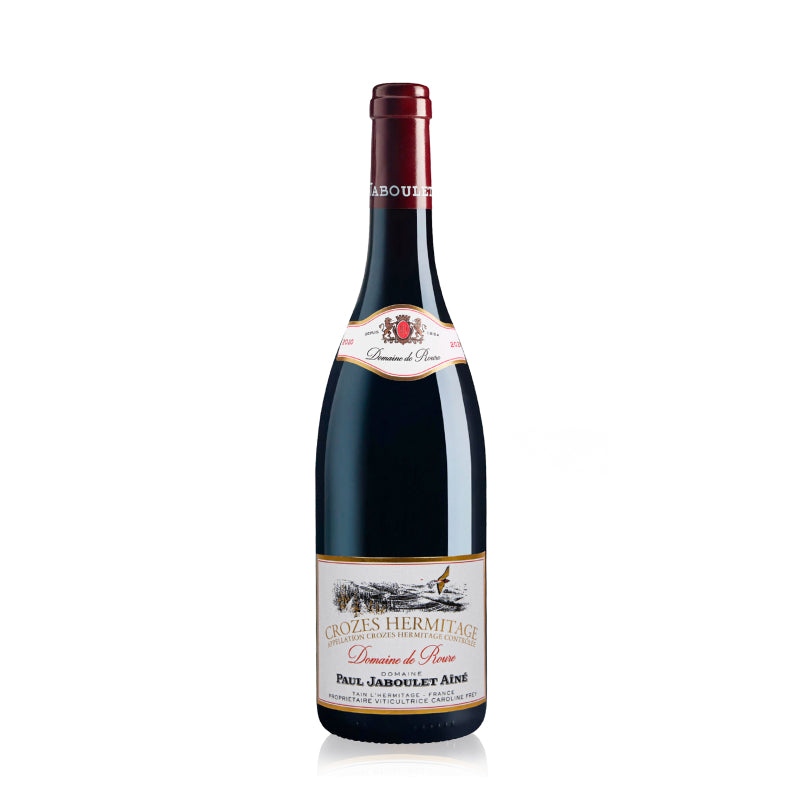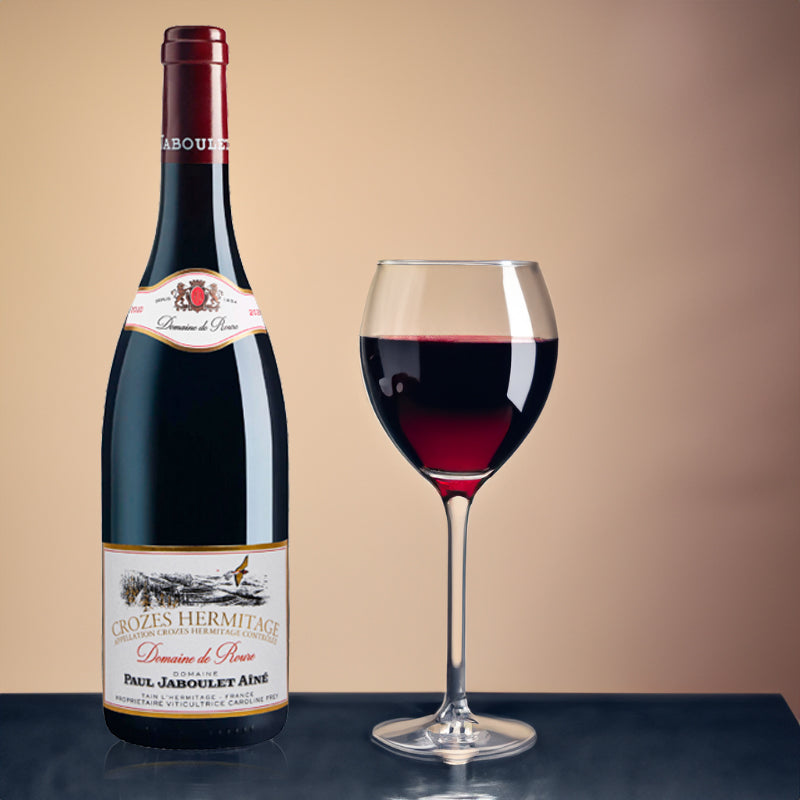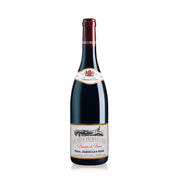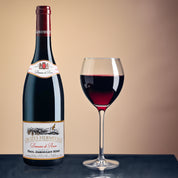Paul Jaboulet Aine Crozes-Hermitage Domaine De Roure 2018 750ml
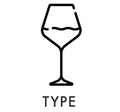



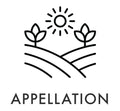



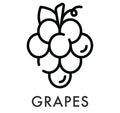

The 2018 Domaine de Roure is a full-bodied Syrah from steep granite hillsides, showing rich plum fruit, cracked pepper, and cedar notes. It’s textured and creamy with firm, chewy tannins and a long finish. This wine needs some time to soften but promises great aging potential, thanks to its balance of oak and mineral complexity.
The Wine Advocate | RP 94
Published: May 13, 2021
Drink: 2022-2035
Grown on granitic soils near Gervans, the 2018 Crozes Hermitage Domaine de Roure boasts aromas of crushed stone and tapenade, laced with cassis, blueberries and espresso. Full-bodied but restrained, it shows the structural influence of the granite, with plentiful fine-grained tannins that seem deceptively silky, yet yield a finish that's dry, cool and refreshing.
When I spoke with her via Zoom in mid-December, Caroline Frey was candid in discussing her COVID-19 experience. "I was thinking, ‘I'm young. I do a lot of sports,’” she said, assuming that even if she caught it, she wouldn't be hugely affected. But when she contracted the virus, she lost her sense of smell, and she said it was just starting to come back as we tasted through the 2018s and 2019s from Paul Jaboulet Aîné.
According to Frey, in 2018, the vineyards received plenty of rain from March through June, followed by dry, windy conditions, which kept the vines healthy. Harvest began on August 27th and extended through September 25th. "There's something powerful and pure in 2018," she said. "It's a mix of ’15 (power) and ’16 (purity)." Referencing the 2018 Domaine de Thalabert, Frey said, "We have the power and density but not like ’03. The wine is still bringing freshness and balance."
The 2019 season was characterized by a cool spring and a slow start to the growing season, but that was followed by intense heat, including 10 days of temperatures that exceeded 40 degrees Celsius (104 degrees Fahrenheit). A major hailstorm struck Crozes-Hermitage in mid-June, leading to extensive crop losses (up to 60%, according to Frey), followed by another, smaller hail event in July that affected parts of Hermitage and Saint-Joseph. Despite those storms, parts of the vineyards still experienced hydric stress, so picking didn't begin until September 11 and concluded on September 27. "We had smaller berries and thicker skins than in 2018," she said. "We did a very soft extraction—more like an infusion. When we have these levels of richness, we imagine the finish may be unbalanced, but that's not the case. We have length and freshness."
Both of these vintages are hugely successful at Jaboulet, no doubt because of the team's ability to deal with the hot, dry conditions. As Frey said, "The biggest challenge is to have the ripeness from the vines and not just the sun." All of the wines—including the substantial volumes of the Côtes du Rhône Parallele 45—have now been certified organic (produced from organically grown grapes as defined by U.S. terms, as sulfur is added), with the estate wines being grown biodynamically since 2015. Because they are made in the same facility as some non-biodynamically grown wines, they're not certified for the time being.
Jamessuckling.com | JS 93
Published: Aug 3, 2020
Plenty of cracked-pepper character to the black fruit and light tar. It's full-bodied with linear, chewy tannins and a flavorful finish. Surprisingly hard and chewy. Needs some time to soften. From organically grow grapes. Try after 2022.
Jaboulet.com
Maison Paul Jaboulet Aîné acquired the "Domaine Raymond Roure" in 1996 from the family of the same name. Located in the commune of Gervans, north of Tain l'Hermitage, this estate is home to a beautiful 1.4-hectare valley that has proven to be an incredible ecological habitat with immense potential. This is where we founded our second biodiversity refuge. Year of planting: 1945
Soil geology
Very steep granite hillsides (light granites with large crystals, altered into saprolites).
Vinification / aging
Hand-sorted. Traditional vinification - 100% destemming. 3 weeks of maceration and daily pumping over. Aged for 12 months in French oak barrels and/or demi-muids and/or concrete eggs (with a percentage of new wood varying according to the vintage). Malolactic fermentation.
Grape variety
Syrah - planted in 1945

